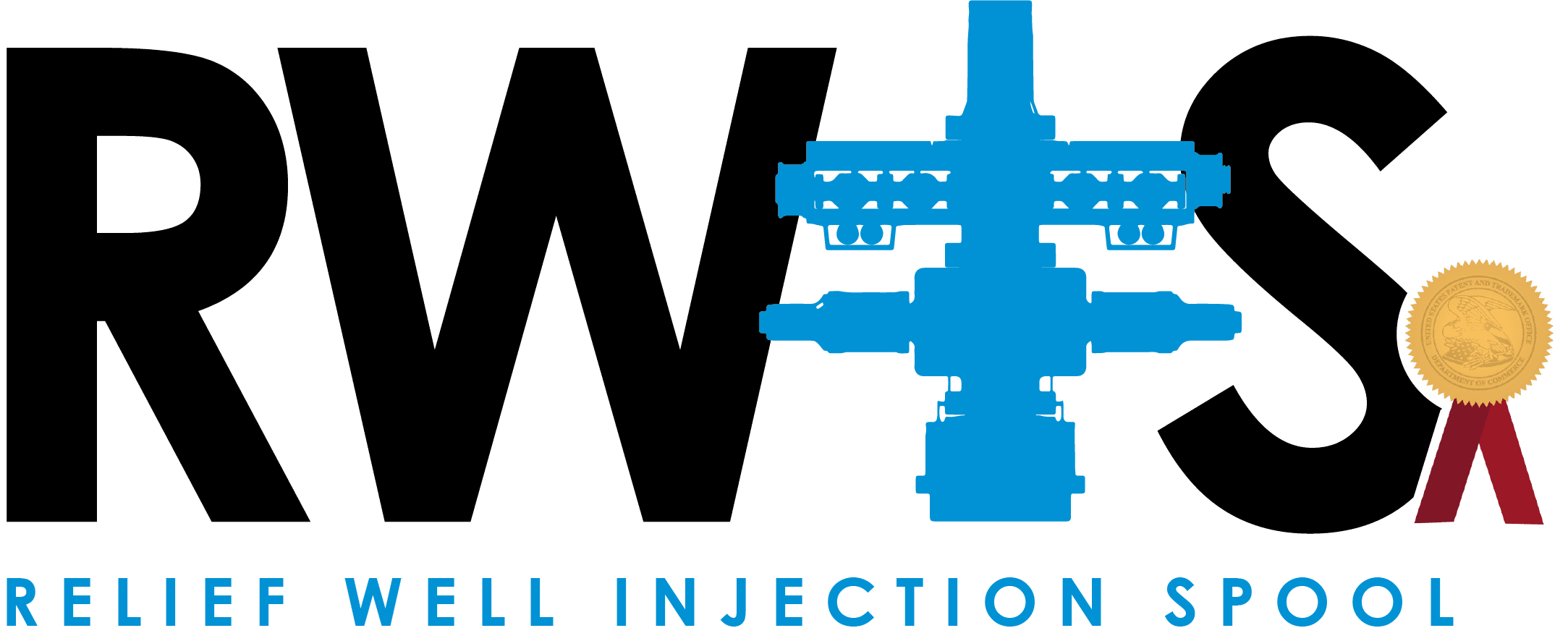Trendsetter Engineering Inc (TEI) and Add Energy, the co‐developers who created the Relief Well Injection Spool (RWIS), have announced that their well kill and optimization hardware has been granted a US patent.
About the Relief Well Injection Spool (RWIS)
The RWIS has been designed and built to enable operators to stop a blowout from prolific reservoirs safely and efficiently via a single relief well by increasing the pump rate of kill mud into the blowing well. The RWIS is capable of pumping more than 200 barrels of kill mud per minute through a single relief well, four times as much kill fluid as typically achievable. A significant advance for the industry which utilizes multiple vessels as opposed to the alternative method requiring multiple relief wells.
In addition to the RWIS assuring single relief well contingency, the RWIS also enables operators to optimize well economics and help unlock projects that wouldn’t normally be sanctioned. In purchasing access rights to the RWIS, operators are able to comply with legislation and reduce the number of wells required to meet production targets by increasing the completion size of the well bore, reducing CAPEX costs and maximizing production.

The Patent
The patent protects the commercial use of and manufacturing of the RWIS apparatus and method for killing a blowing well.
Brett Morry, Global Technical Director at Trendsetter Engineering commented on this recent advance: “This is a water shed moment for both of our companies and further solidifies the RWIS’s unique capability to optimize well design while assuring single relief well contingency.”
Morten Haug Emilsen, Senior Vice President at Add Energy commented: “The unique combination of competence and experience from both companies were essential to materialize an idea that has been in our minds since 1989. For Add Energy the patent validates the belief in the collaboration between Add Energy and TEI and gives a clear message that this hardware presents a viable solution to an existing industry problem.”
Over the last year, access rights to the RWIS have been contracted by several operators across multiple wells in multiple regions and momentum around gaining access to the RWIS continues to grow with additional operators currently evaluating its use for upcoming wells.






